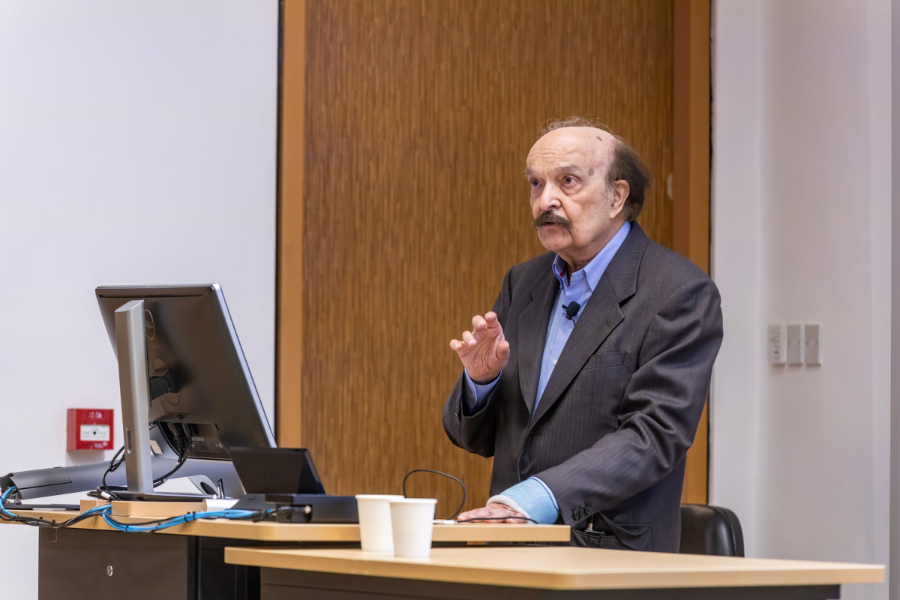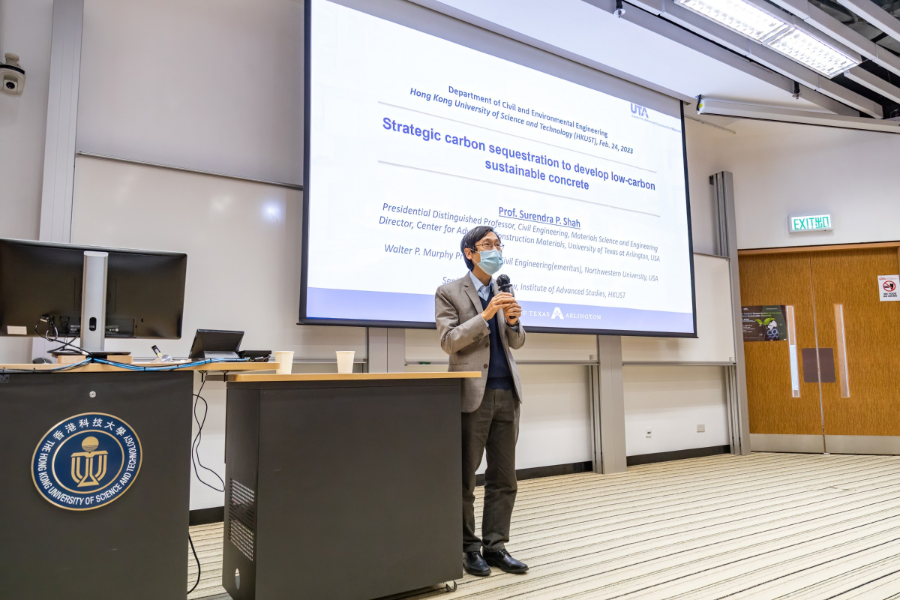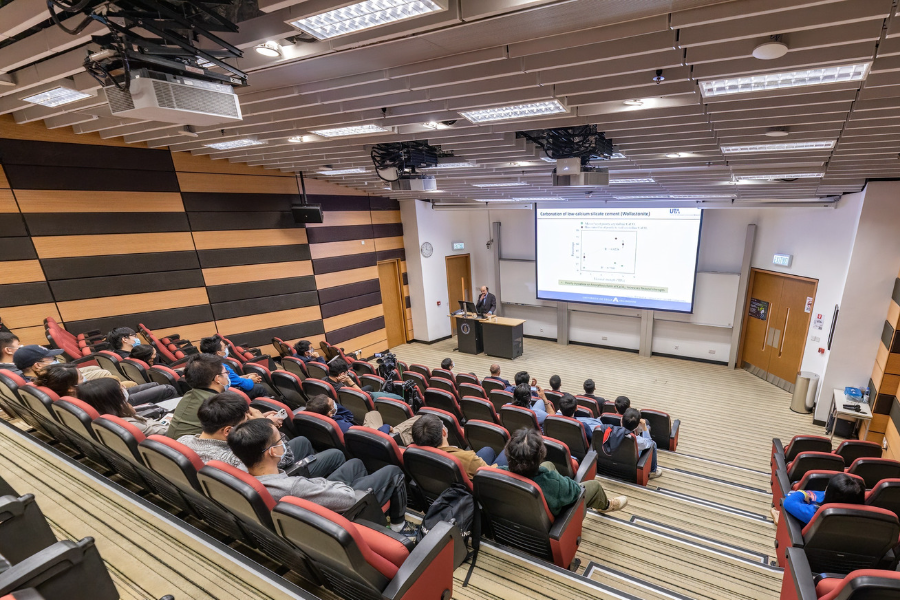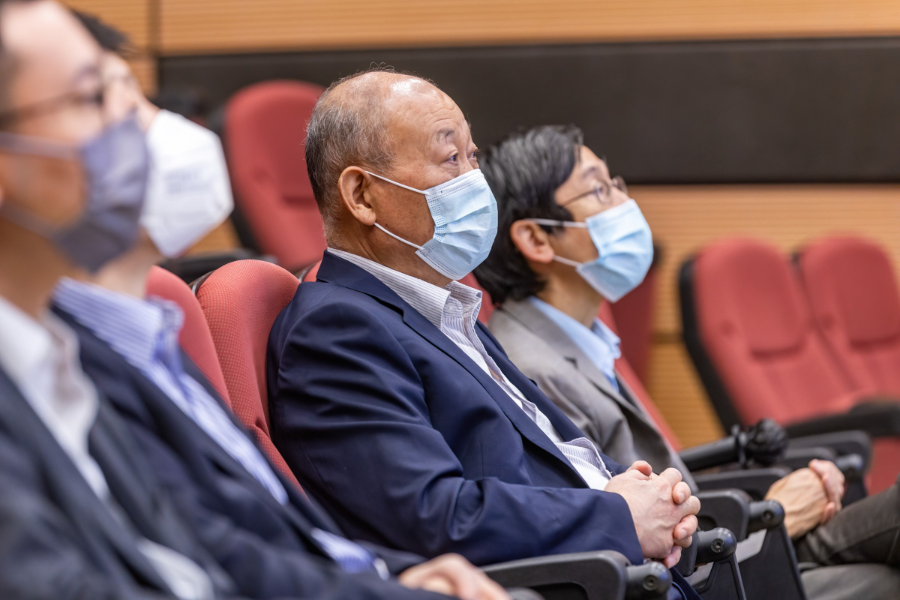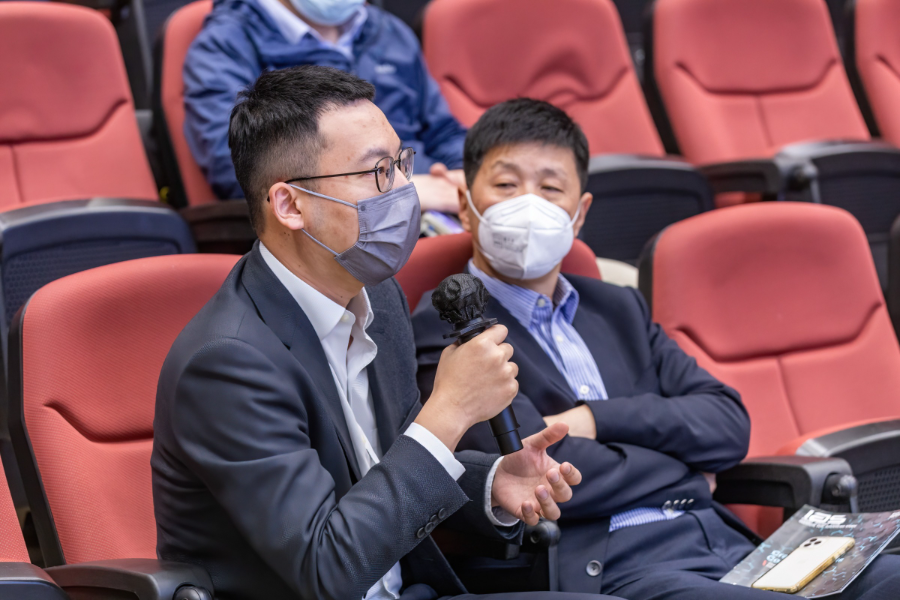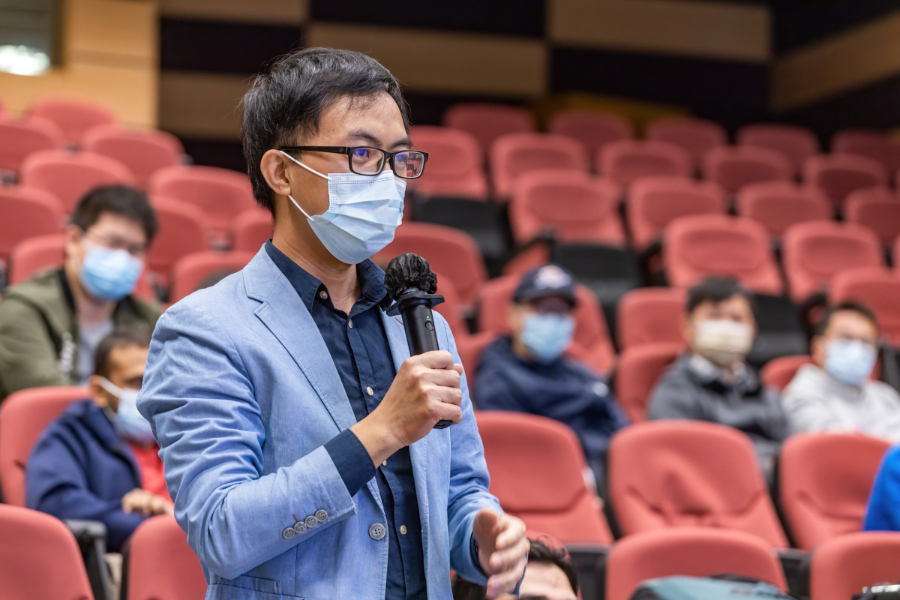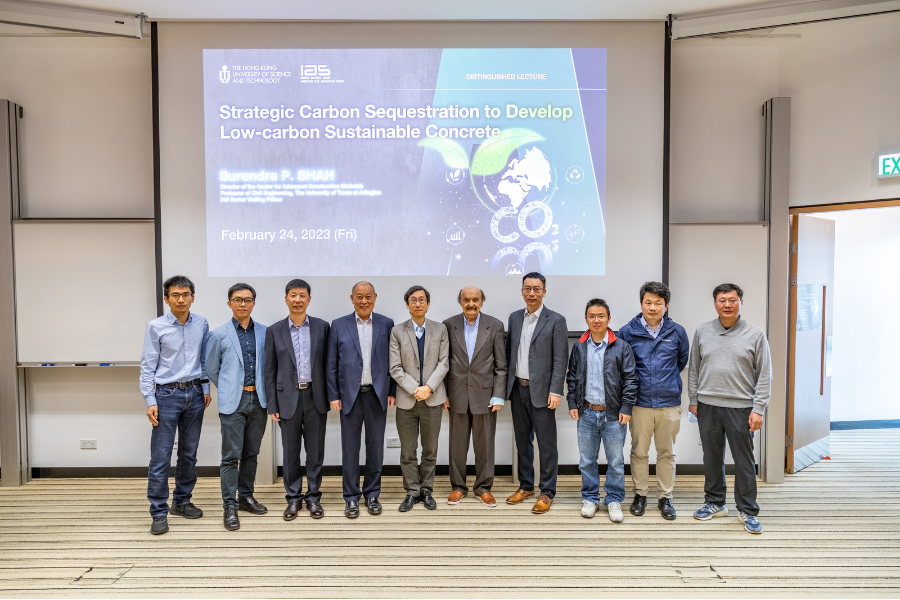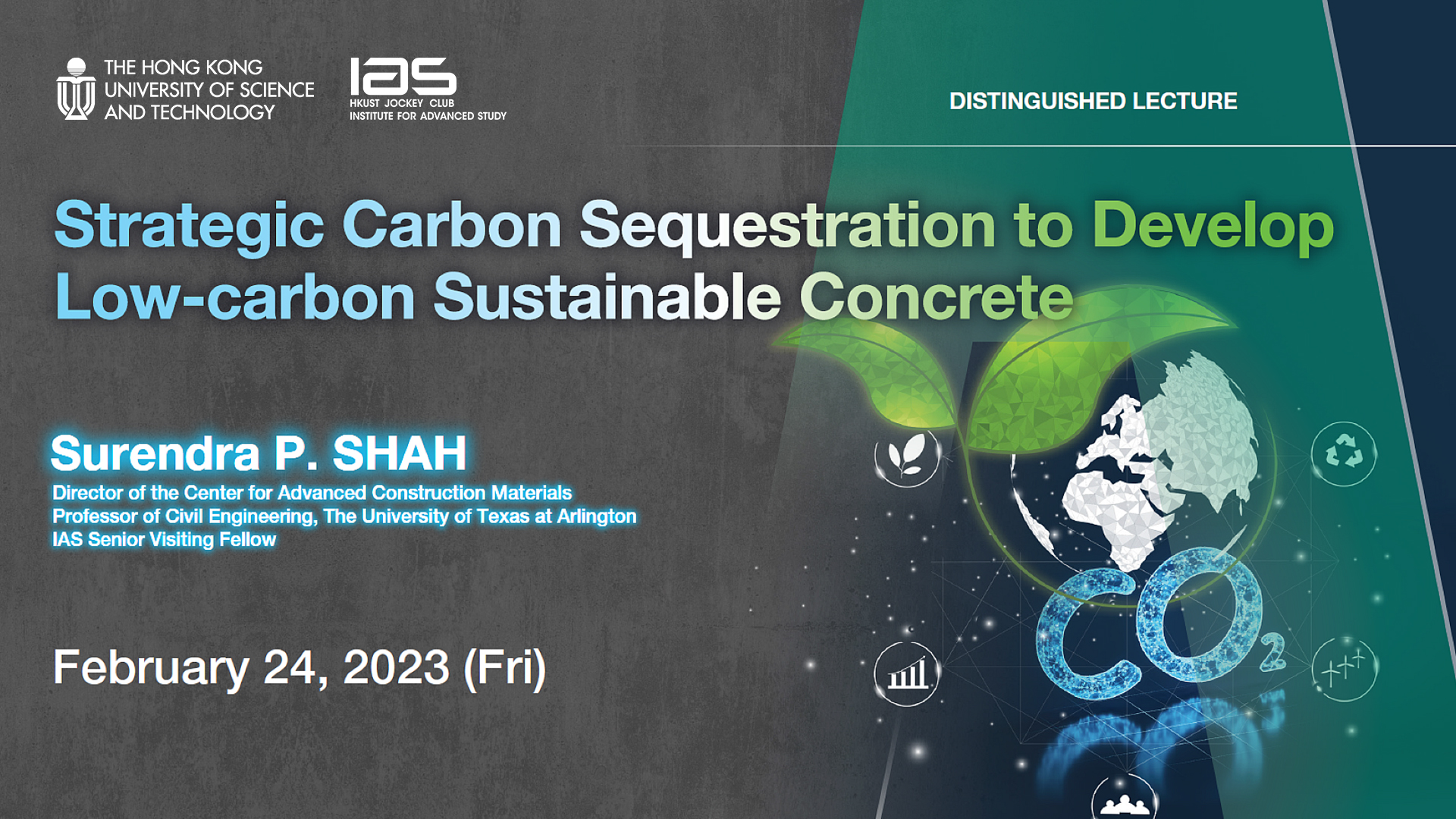Strategic Carbon Sequestration to Develop Low-carbon Sustainable Concrete
Abstract
Concrete is the most widely consumed manmade material, which is employed in many aspects of our built environment, including buildings, roads, bridges, and more. The primary binding component of concrete is cement, which accounts for 5-7% of anthropogenic carbon dioxide (CO2) emissions during manufacturing and processing. With the emergence of new cities around the world, demand for cement and concrete is expected to rise, contributing to increasing CO2 emissions. Therefore, it is necessary to explore and adopt the technique of carbon capture and utilization (CCU), whereby a high volume of atmospheric CO2 can be sequestered through calcium carbonate mineralization in cementitious materials.
A potential method for CO2 sequestration and storage is the incorporation of efficient CO2 adsorbents, such as recycled aggregates, SCMs, biomass waste, and carbon-based nanomaterials (graphene, nanoplates, CNTs/CNF), nano-TiO2, and C&D waste to cementitious systems. CO2 adsorbents increase the carbon capture capacity of concrete under accelerated conditions and promote carbonate mineralization. Sequestering carbon in a mineral form not only improves the mechanical performance of the concrete but also reduces the volume of cement required in achieving the target strength of concrete. Most importantly, it permanently eliminates CO2 from the atmosphere, driving substantial positive change in the impact of concrete production on the environment. This way, the CCU technique has the potential to transform cities into carbon sinks in the future.
About the Speaker
Prof. Surendra P. Shah received his PhD from Cornell University and held faculty positions at the Massachusetts Institute of Technology and the University of Illinois at Chicago prior to joining Northwestern University in 1980s. He was the Walter P. Murphy Professor of Civil and Environmental Engineering before he retired from Northwestern University. He was also the Founding Director of the pioneering National Science Foundation (NSF) Center for Science and Technology of Advanced Cement-Based Materials. In 2019, he moved to the University of Texas at Arlington as the Presidential Distinguished Professor of Civil Engineering Structures and Materials and the Director of the Center for Advanced Construction Materials.
Prof. Shah’s research interests include fracture, fiber-reinforced composites, non-destructive evaluation, transport properties, processing, rheology, nanotechnology, and the use of solid waste materials. He has co-authored three publications, Fiber-Reinforced Cement-Based Composites (1992), High Performance Concrete: Properties and Applications (1994) and Fracture Mechanics of Concrete (1995), published more than 400 journal articles, and edited more than twenty books. He was the editor-in-chief of the International Union of Laboratories and Experts in Construction Materials, Systems and Structures (RILEM)'s journal Materials and Structures.
Prof. Shah is a Member of the US National Academy of Engineering, a Foreign Member of the Chinese Academy of Engineering and a Corresponding Member of the Academy of Athens in the Section of Sciences. He is also a Fellow of the Indian National Academy of Engineering and the US National Academy of Inventors. He has received many awards including the Swedish Concrete Award, the American Concrete Institute’s Arthur R. Anderson Award, the RILEM Robert L’Hermite Medal, the ASTM’s Sanford E. Thompson Award, the American Society of Civil Engineers’ Charles Pankow Award for Innovation, and the Engineering News-Record's News Maker Award. He was named one of the Most Influential People in the concrete industry by Concrete Construction Magazine.
For Attendees' Attention
-
Seating is on a first come, first served basis.

